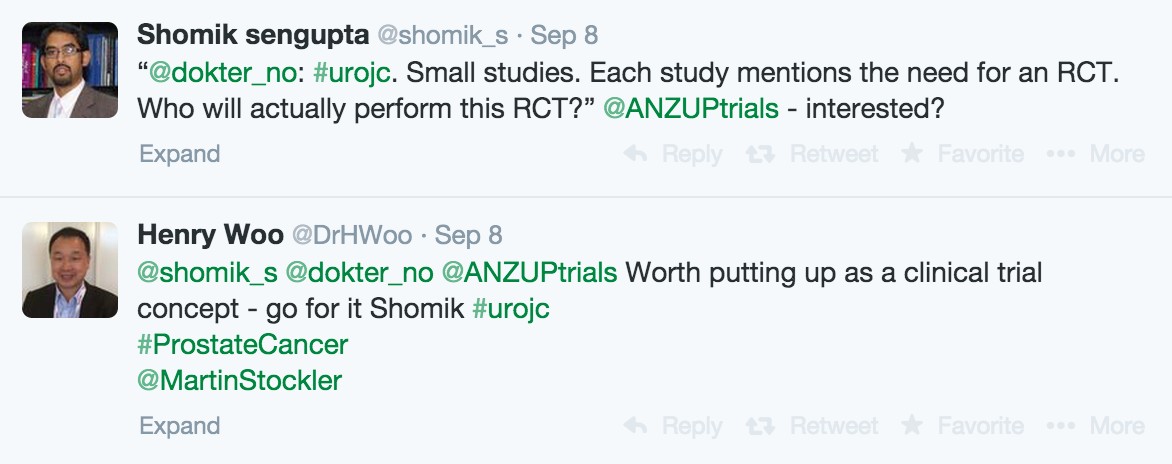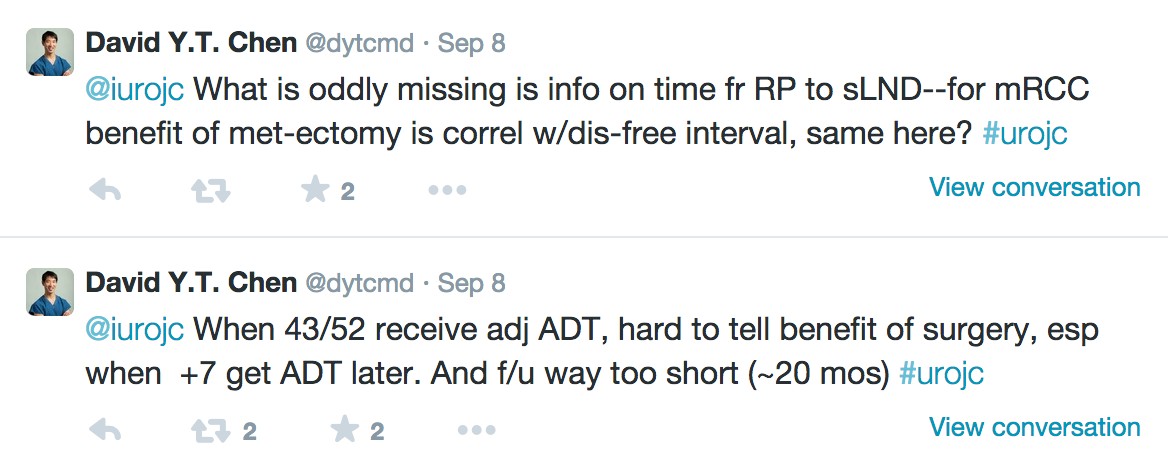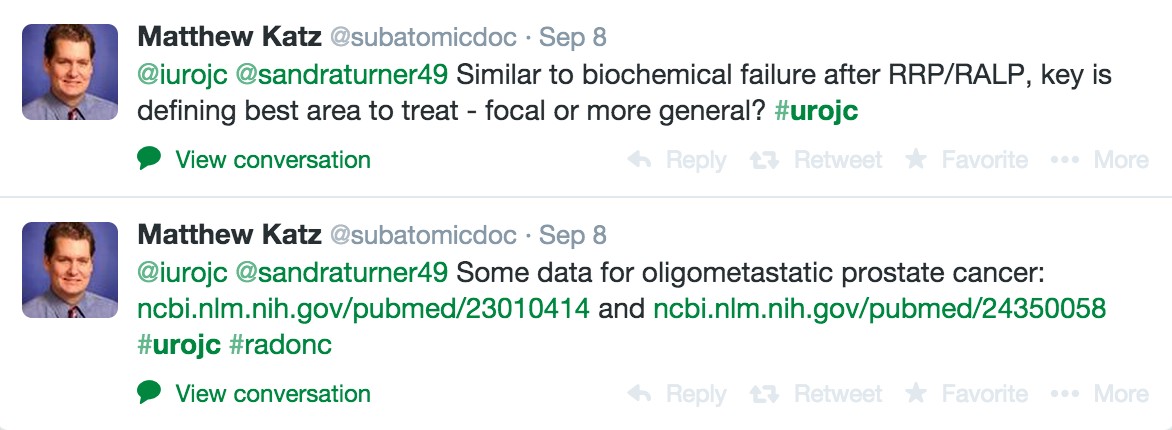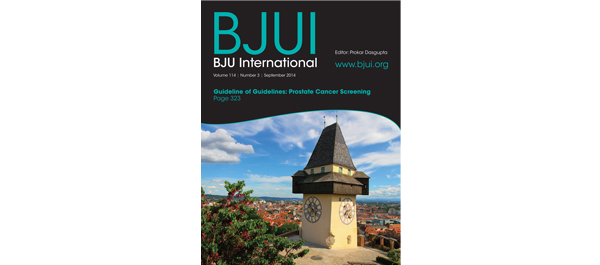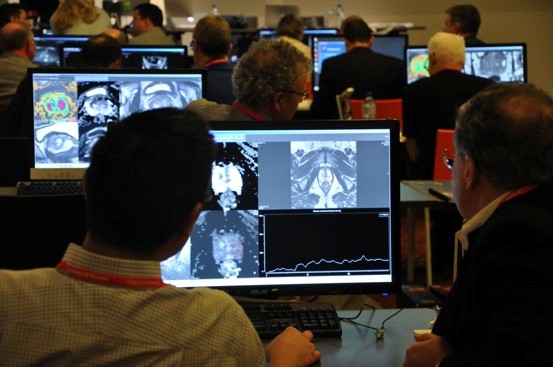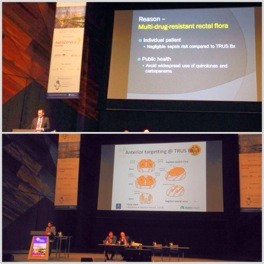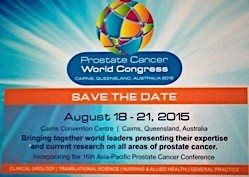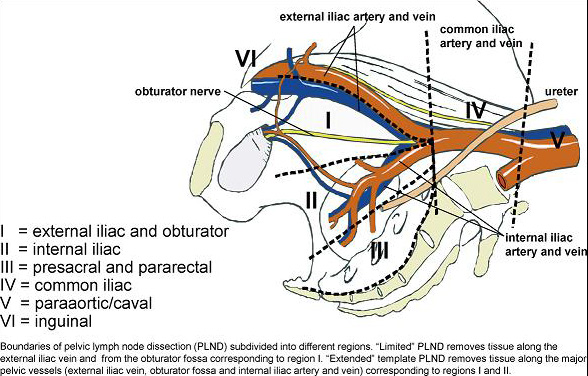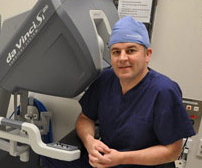Editorial: Statins and biochemical recurrence after radical prostatectomy – who benefits?
In the present issue of the BJUI Allott et al. [1] report results from a study where they used the Shared Equal Access Regional Cancer Hospital (SEARCH) database to explore the risk of biochemical recurrence (BCR) after radical prostatectomy (RP) among men who used statins after RP. They report improved BCR-free survival among statin users, especially among men with high-risk disease at baseline. The results provide some new insights into the current discussion on statins and prostate cancer outcomes.
Statins have recently shown promise as chemotherapeutic agents against prostate cancer. There is conflicting evidence on the effect on overall prostate cancer risk, but most studies able to evaluate the risk by tumour stage have reported lowered risk of advanced prostate cancer among statin users compared with the non-users [2], and lowered prostate cancer-specific mortality [3].
Taken together, these epidemiological findings suggest that statins may not strongly lower the risk of initiation of prostate cancer, but may be able to slow down the progression of the most dangerous form of the disease. In vitro studies support this by reporting growth inhibition and lower metastatic activity of prostate cancer cells after statin treatment [4].
Despite this, there has been recent controversy on statins’ effect on BCR of prostate cancer after radical treatment. A recent meta-analysis concluded that statin users may have a lower risk of BCR after external beam radiation therapy, but not after RP [5]. This could be due to statins acting as radiation sensitizers. Reports of improved BCR-free survival in statin users after brachytherapy would support this [6].
However, there are also differences in the characteristics of patients managed with RP or radiation therapy. Men undergoing RP have localised disease, which usually means low- to medium-grade tumours (Gleason ≤7), as high-grade disease (Gleason 8–10) progresses early and is more often locally advanced or already metastatic at diagnosis, leading to the choice of radiation therapy with neoadjuvant androgen deprivation instead of RP if curative treatment is still deemed possible.
This leads to the question whether the differing association between statins and BCR by treatment method is explained by patient selection, and whether statins are most effective against progression of high-grade disease. The study reported by Allott et al. [1] in this issue of the BJUI certainly suggests so. They report lowered risk of BCR among men who used statins after RP. They were able to study the effect of statin usage occurring after RP, not just usage at the time of RP. When the analysis was stratified by tumour characteristics, the improvement in relapse-free survival was strongest among men with high-risk disease (Gleason score ≥4 + 3; positive surgical margins).
The present study [1] supports the notion that statins could target a mechanism that is essential for progression of high-risk prostate cancer. This would be in concordance with the previously reported lowered risk of advanced prostate cancer and decreased prostate cancer mortality among statin users, as high-grade/high-risk cancer is the type progressing into advanced and fatal stages. On the other hand, if statins do not affect low-grade prostate cancer, this could explain why many RP series have not observed differences in biochemical relapses by statin use, as patients in these studies often have low-grade disease.
As always, statins’ benefits against prostate cancer are not really proven until verified in randomised clinical trials properly designed and powered to detect a difference in cancer endpoints. Designers of such trials should consider targeting the statin intervention to men with high-grade and/or high-risk prostate cancer for efficient study design.
Teemu J. Murtola*†
*School of Medicine, University of Tampere, and † Department of Urology, Tampere University Hospital, Tampere, Finland
References
1 Allott EH, Howard LE, Cooperberg MR et al. Postoperative statin use and risk of biochemical recurrence following radical prostatectomy: results from the Shared Equal Access Regional Cancer Hospital (SEARCH) database. BJU Int 2014; 114: 661–6
2 Bansal D, Undela K, D’Cruz S, Schifano F. Statin use and risk of prostate cancer: a meta-analysis of observational studies. PLoS ONE 2012; 7:e46691
3 Yu O, Eberg M, Benayoun S et al. Use of statins and the risk of death in patients with prostate cancer. J Clin Oncol 2014; 32: 5–11
4 Brown M, Hart C, Tawadros T et al. The differential effects of statins on the metastatic behaviour of prostate cancer. Br J Cancer 2012; 106: 1689–96
5 Park HS, Schoenfeld JD, Mailhot RB et al. Statins and prostate cancer recurrence following radical prostatectomy or radiotherapy: a systematic review and meta-analysis. Ann Oncol 2013; 24: 1427–34
6 Moyad MA, Merrick GS, Butler WM et al. Statins, especially atorvastatin, may improve survival following brachytherapy for clinically localized prostate cancer. Urol Nurs 2006; 26: 298–303









